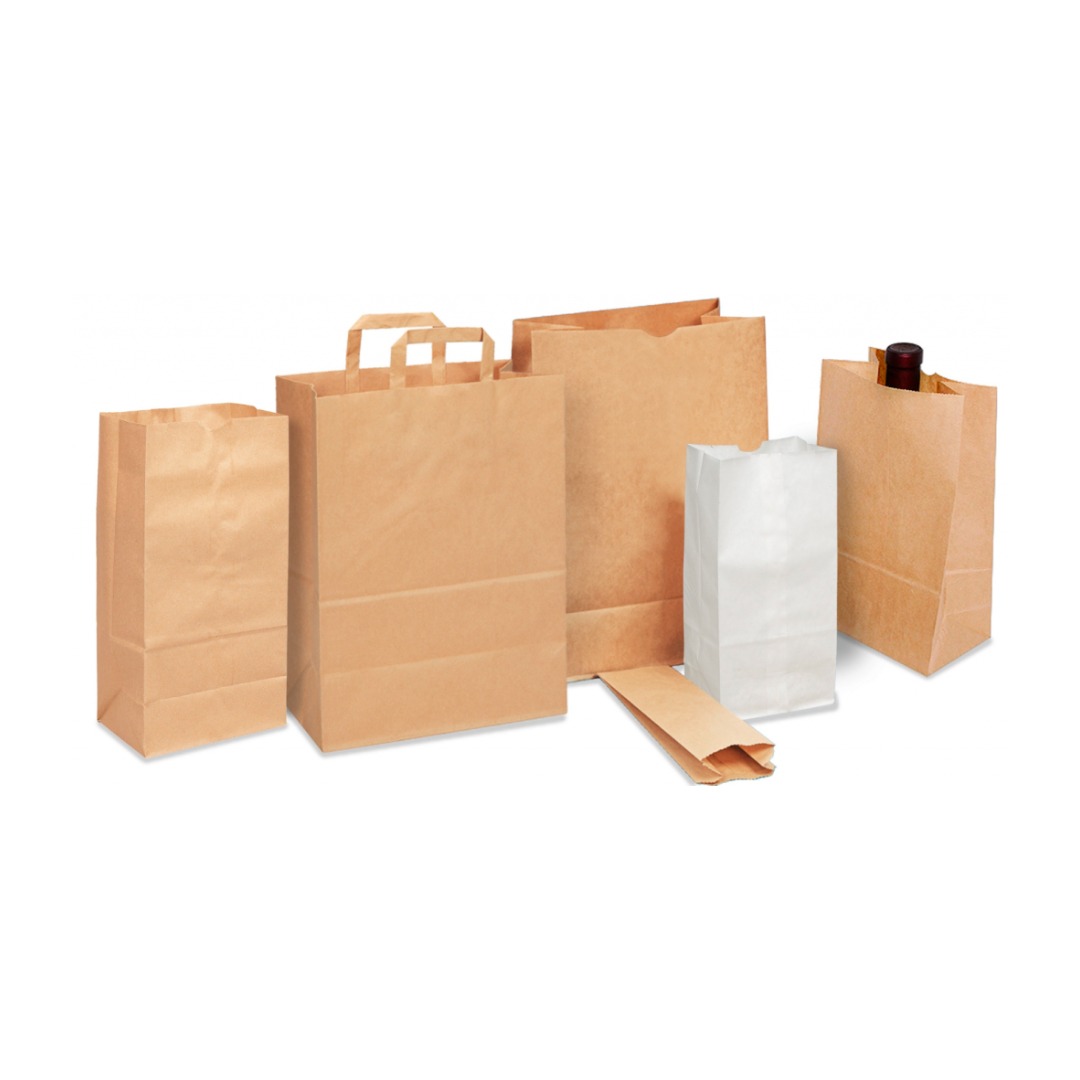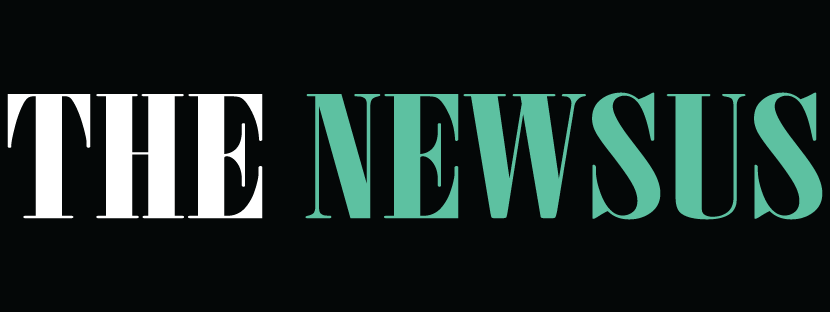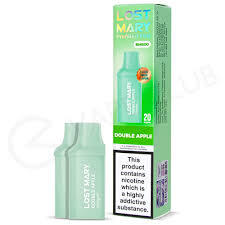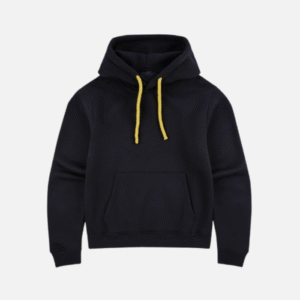Guide to Paper Shopping Bags in the UK: Eco-Friendly, Stylish, and Functional
Over the past decade, paper shopping bags have transformed from simple carriers into symbols of eco-consciousness and brand identity. In...

Over the past decade, paper shopping bags have transformed from simple carriers into symbols of eco-consciousness and brand identity. In the UK, where sustainability regulations and consumer preferences are evolving rapidly, these bags have become a staple for retailers, e-commerce stores, and even premium brands.
The shift from single-use plastic to paper is not just about compliance with environmental policies; it’s about meeting modern consumer expectations for sustainability without compromising on style or durability.
In this guide, we explore everything you need to know about paper shopping bags—from materials and manufacturing processes to design trends, branding potential, and how UK businesses are leveraging them for marketing and sustainability goals.
1. Understanding Paper Shopping Bags
Paper shopping bags are carry bags made from paper, often crafted from kraft paper or recycled paper pulp. They can be flat-handle, twisted-handle, or rope-handle designs depending on their intended use.
While they may seem straightforward, their role in retail and branding is significant. Today’s paper bags are:
- Durable – With improved manufacturing, modern paper bags can handle surprising weight.
- Customisable – Brands can print logos, messages, and designs.
- Eco-Friendly – Most are recyclable, biodegradable, and compostable.
- Versatile – Suitable for retail, groceries, gifts, takeaways, and luxury shopping.
2. Why Paper Shopping Bags Are Popular in the UK
The UK has been at the forefront of the movement to reduce plastic waste. Several factors contribute to the popularity of paper shopping bags:
2.1 Environmental Regulations
Since the introduction of plastic bag charges in the UK, businesses have sought sustainable alternatives. Paper bags, being recyclable and biodegradable, comply with these initiatives.
2.2 Consumer Demand
Modern consumers, especially younger demographics, are more eco-conscious. They prefer shopping with brands that share their values.
2.3 Branding Potential
Paper shopping bags act as walking advertisements. A customer carrying your bag is essentially promoting your business on the go.
3. Types of Paper Shopping Bags
Different styles suit different needs. In the UK, the most common types include:
3.1 Twisted Handle Paper Bags
- Strong, stylish, and easy to carry.
- Popular with boutiques, gift shops, and events.
- Can be made from brown or white kraft paper.
3.2 Flat Handle Paper Bags
- More economical and used mainly in takeaways and grocery stores.
- Easy to stack and store.
3.3 Rope Handle Luxury Paper Bags
- Often used by high-end fashion, jewellery, and cosmetic brands.
- Made from thicker paperboard for a premium feel.
3.4 SOS (Self-Opening Square) Paper Bags
- No handles, designed for groceries and fast food packaging.
- Highly recyclable and compostable.
4. Materials Used in Paper Shopping Bags
The performance and eco-friendliness of a bag depend largely on its material:
- Brown Kraft Paper – Unbleached, natural look, highly durable.
- White Kraft Paper – Bleached, smooth surface for vibrant printing.
- Recycled Paper – Made from post-consumer waste, reducing environmental impact.
- Coated Paperboard – Offers water resistance and premium aesthetics.
5. Benefits of Using Paper Shopping Bags
Switching to paper bags offers numerous advantages:
5.1 Eco-Friendliness
Most paper shopping bags are 100% recyclable and biodegradable, breaking down within weeks rather than centuries.
5.2 Strength and Durability
Modern manufacturing allows paper bags to carry multiple kilograms without tearing.
5.3 Customisation
From minimalist prints to full-colour designs, paper bags can carry your brand’s personality.
5.4 Compliance
They help businesses adhere to UK’s plastic reduction regulations.
6. Customisation and Branding
Paper shopping bags are more than carriers—they are branding tools.
6.1 Printing Options
- Flexographic Printing – Cost-effective for bulk orders.
- Offset Printing – High-quality, detailed prints.
- Screen Printing – Best for bold designs.
6.2 Finishes
- Matte or gloss lamination.
- Foil stamping for luxury appeal.
- Embossing/debossing for texture.
6.3 Marketing Impact
A well-designed bag can create a lasting impression, encourage brand recall, and even be reused by customers.
7. How to Choose the Right Paper Shopping Bag
When selecting bags for your business, consider:
- Bag Size – Match with your product dimensions.
- Handle Type – Rope for premium, twisted for retail, flat for economy.
- Paper Weight (GSM) – Higher GSM means stronger bags.
- Quantity – Bulk purchasing often reduces costs.
- Printing Needs – Balance aesthetics with budget.
8. UK Trends in Paper Shopping Bags (2025)
The paper shopping bag industry is evolving, with trends that reflect both style and sustainability:
- Minimalist Designs – Clean, eco-focused aesthetics.
- Reusable Paper Bags – Reinforced designs for multiple uses.
- Plant-Based Inks – Safe for the environment and composting.
- Luxury Eco Bags – High-end bags that remain eco-friendly.
9. Paper Shopping Bags in E-Commerce
With online shopping booming, businesses are now using paper bags not just in physical stores but also for home deliveries and packaging.
- Custom tissue wrapping inside paper bags adds to unboxing experiences.
- Eco-friendly packaging policies boost customer loyalty.
10. Sustainability and Life Cycle
The sustainability benefits of paper shopping bags go beyond being plastic-free:
- Renewable Material – Paper comes from managed forests.
- Recyclability – Paper can be recycled up to 7 times.
- Carbon Footprint Reduction – When sourced locally, the transport impact is minimal.
11. Cost Considerations
While paper bags can be more expensive than plastic, the investment often pays off:
- Customers perceive your brand as eco-conscious.
- Higher-quality bags may be reused multiple times.
- Bulk buying lowers unit costs.
12. Common Mistakes Businesses Make
- Overprinting – Excess ink can affect recyclability.
- Wrong GSM Selection – Too thin leads to tearing; too thick may be unnecessarily costly.
- Poor Branding Placement – Logos should be clear and well-positioned.
13. Best Practices for Businesses
- Source bags from FSC-certified suppliers.
- Use water-based inks for printing.
- Opt for bulk ordering to reduce shipping emissions.
14. The Future of Paper Shopping Bags in the UK
With growing environmental awareness and evolving regulations, paper shopping bags are here to stay. Innovations in biodegradable coatings, smart packaging with QR codes, and creative brand storytelling will shape the future of this industry.
Conclusion
Paper shopping bags are more than just packaging—they’re an opportunity to communicate your brand values, contribute to environmental sustainability, and enhance customer experience.
For UK businesses, investing in high-quality, eco-friendly paper bags isn’t just a trend—it’s a long-term strategy that aligns with both consumer expectations and government sustainability goals.
Sky Tags And Bags can be your trusted partner in supplying premium paper shopping bags that blend style, function, and environmental responsibility.



